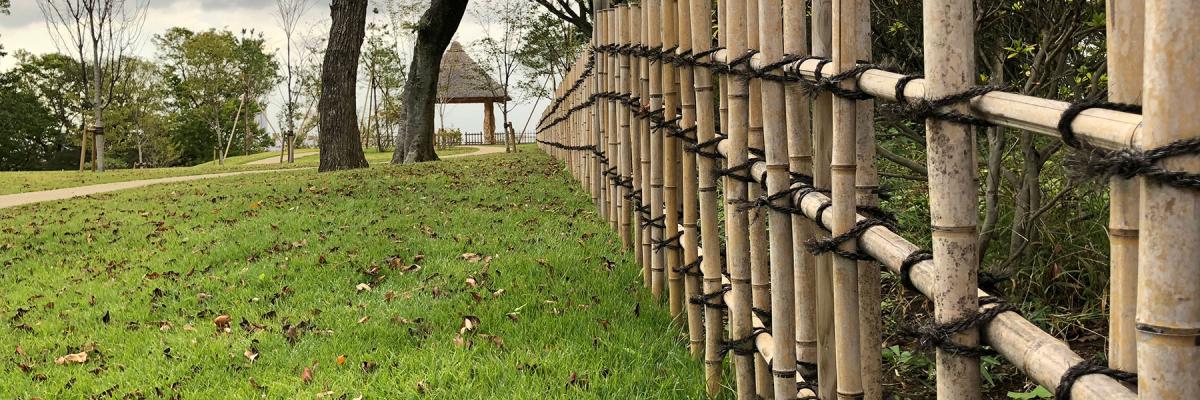Topic clustering represents the next big step in SEO evolution. Gone are the days of targeting keywords and SERP parameters without any logic for the audience at hand. Instead, topic clusters enable you to create more organic content that plays off of single related topic.
For example, creating a pillar page (let’s say, for marketing) allows you to branch off into different topics that are related to the pillar. Anything that is remotely connected to the pillar you created can be considered a topic in itself (like marketing tips, marketing trends, marketing guides, etc.). This allows you to connect content with interlinked hyperlinks and rank it higher than it would otherwise be ranked.
Search engines such as Google, Bing and Yahoo have already implemented topic clustering as a means to provide more relevant and useful results for their users. You can learn more on topic clustering on the Tribute Media blog.
There are three different types of pillar pages: Home Pages, Pillar Navigation Pages, and Pillar Resource Pages. Below the infographic at the bottom of this introduction section you'll be able to read more about each of the different categories of pillar pages (all the while, getting a tour of how the pillar page content type works on this website).
- The Home Page and Pillar Navigation pages show the background mode style.
- The Pillar Resource Page shows the icon mode style.
- The final section shows the banner mode style.
Home Page
A home page is the most common type of pillar page. It is a topic cluster for your entire website. The topics relate to the wide variety of content that your website will contain.
This pillar page section demonstrates how the background mode of this pillar page section works. Below, you'll see that we have added two sample links. They use the emphasized and emphasized secondary options and are stacked.
Pillar Navigation Page
This page is the best example of a pillar navigation page. While the home page is a topic cluster for your entire site, a pillar navigation page is a good use of topic clustering for an area of your business or a business unit. You can certainly use the pillar navigation page for other types of topic clusters since this content type makes it easy to create pillar pages.
Like the section above, this section shows background mode. It also demonstrates that the image section alternates on each row to create a little more visual appeal. The buttons below are also using the side-by-side option.
Pillar Resource Page
A pillar resource page performs in the search engines just like a pillar navigation page but requires more design time for custom appeal. While a pillar navigation style can be used for very specific topics, a pillar resource page typically is preferred to have custom design. This pillar page content type may not provide enough automation in design for a pillar resource page but with custom blocks, anything is still possible.
This section shows the icon mode for this pillar page content type.
Banner Section Type

This section shows the final option in this pillar page template. You can have a full width banner as well. Of course, if you don't include an image banner mode, you can design the text in this region anyway you want.
As is evidenced on this page, you can mix and match these sections on your pillar page and you can even move them around as you want. With a little training you can also create links in that scroll to each section as we have done on this page.
Just like the sections above, you can include links in the middle of each section or buttons at the bottom.
